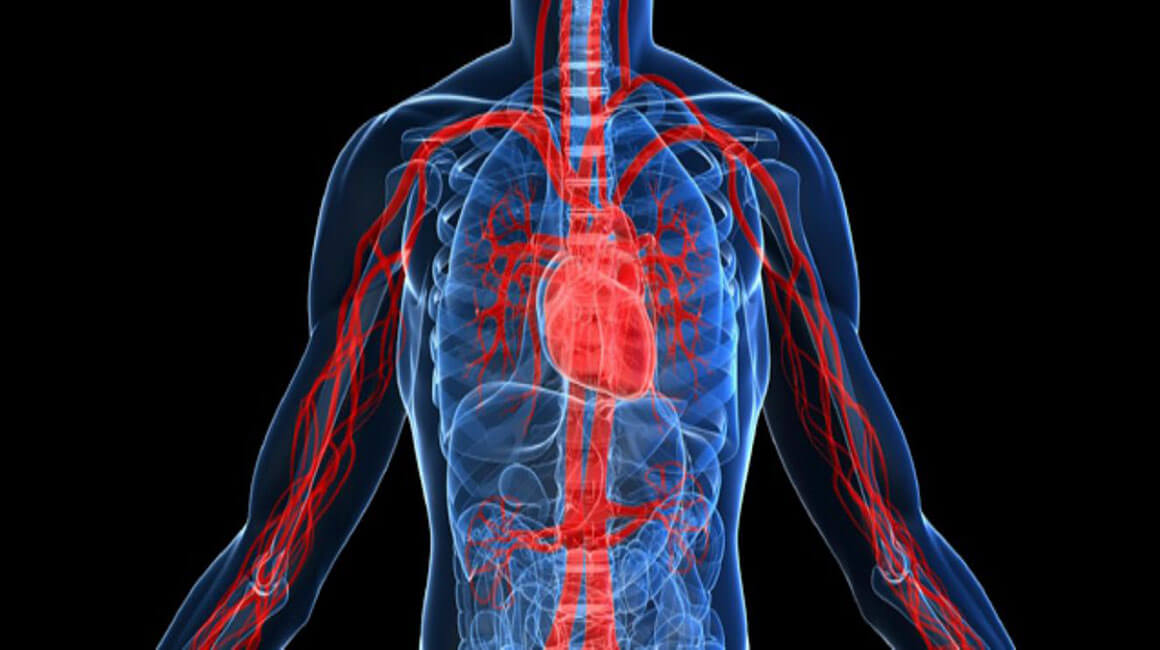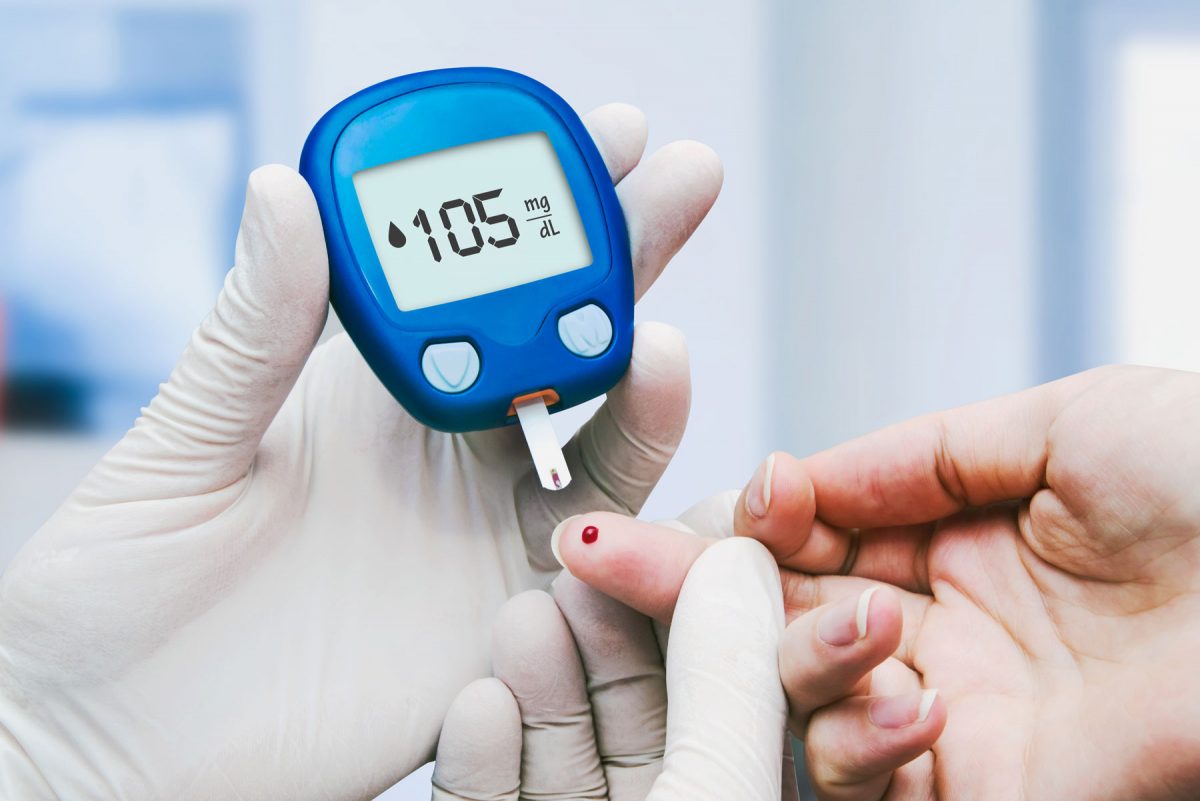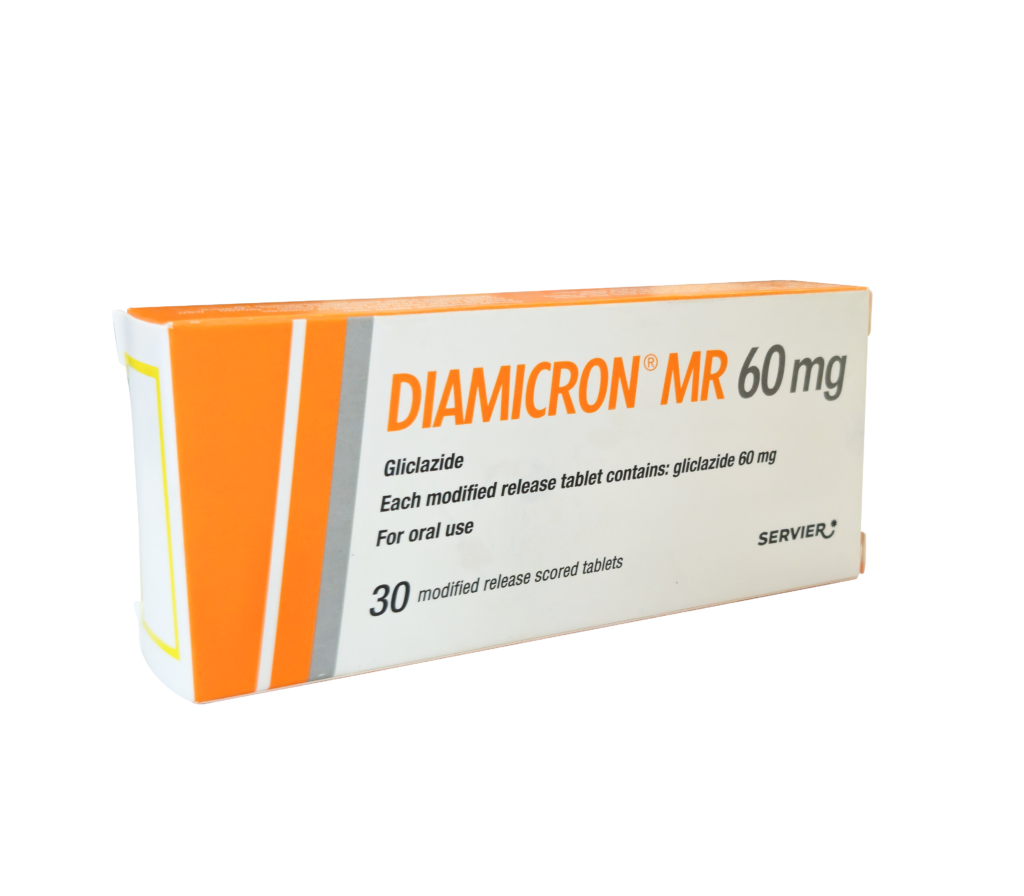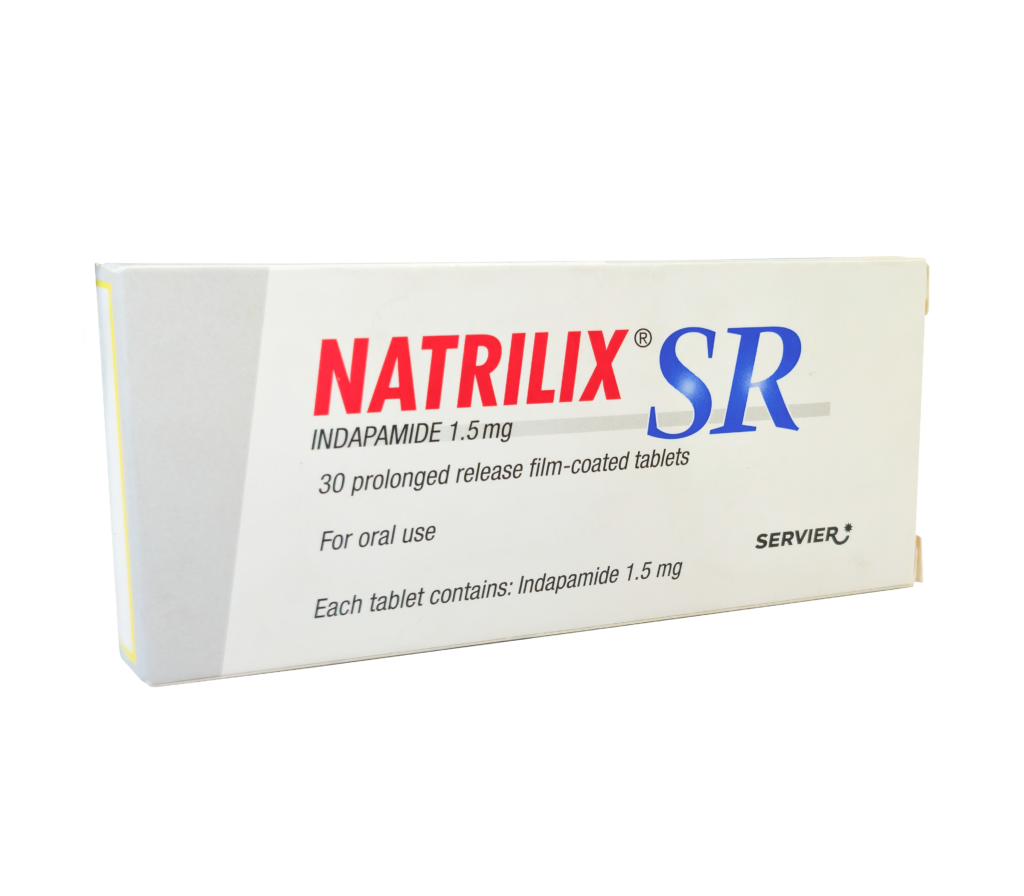This website uses cookies so that we can provide you with the best user experience possible. Cookie information is stored in your browser and performs functions such as recognising you when you return to our website and helping our team to understand which sections of the website you find most interesting and useful.

Cardio Metabolic Care
What is cardiometabolic disease?
‘Cardiometabolic disease’ is a term initially used by Pescatello in exercise physiology literature, and is essentially a simplification and modernization of Reaven’s hypothesis. She described a clustering of disorders (abdominal adiposity, hypertension, dyslipidemia, hyperinsulinemia and glucose intolerance) that together lead to cardiovascular disease (CVD) and type 2 diabetes. She observed that there had been a sudden increase in overweight and obesity but only a slight increase in food intake, suggesting that physical activity was more important than calorie intake in causing obesity. She hypothesized that increases in low to moderate physical activity may result in significant health gains, including the prevention of CVD and the prevention of diabetes, without preventing overweight or obesity, and that this might be a more realistic public health target than unrealistic reductions in energy intake. More recently, the term ‘cardiometabolic disease’ has been extended to describe the interface between cardiology and diabetes, and to describe pharmacological interventions that would reduce cardiovascular and metabolic endpoints.
What is the ideal cardiometabolic intervention?
The ideal cardiometabolic intervention would reduce weight and abdominal adiposity, lower LDL cholesterol and triglycerides, increase HDL cholesterol, lower blood pressure, reduce insulin resistance and improve glucose tolerance. The gold standard would be proven reduction of cardiovascular events in a double-blind, placebo-controlled trial, proven reduction in the development of diabetes and/or sustained reduction in HbA1c. For maximum applicability it should have no side effects or contraindications.
Currently there are many available medications.












